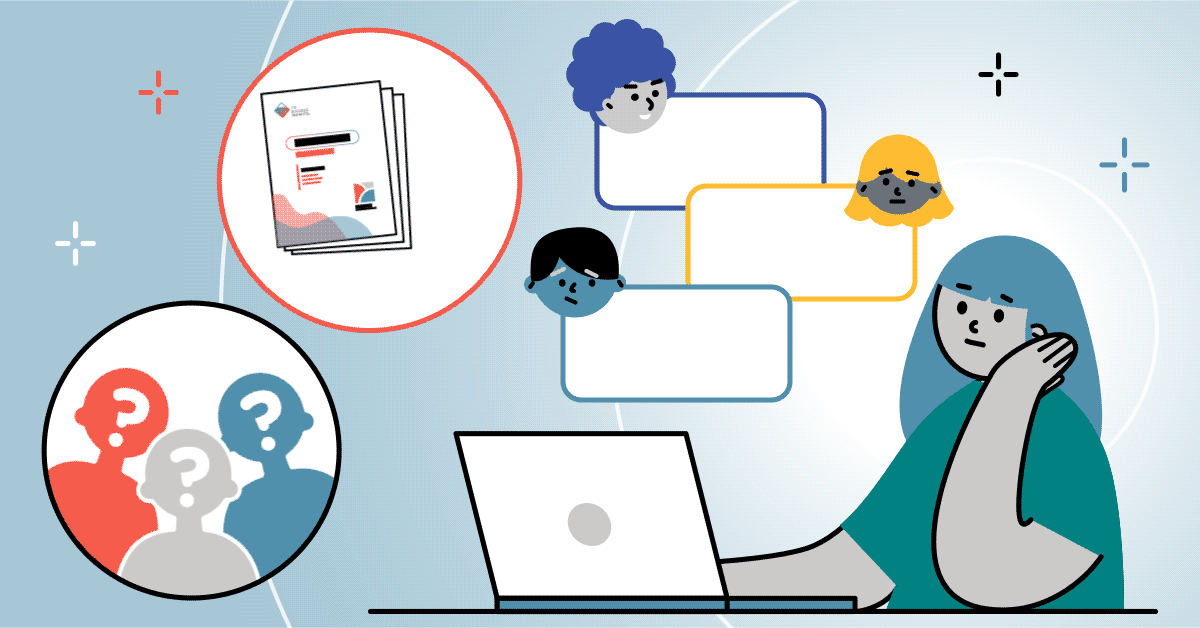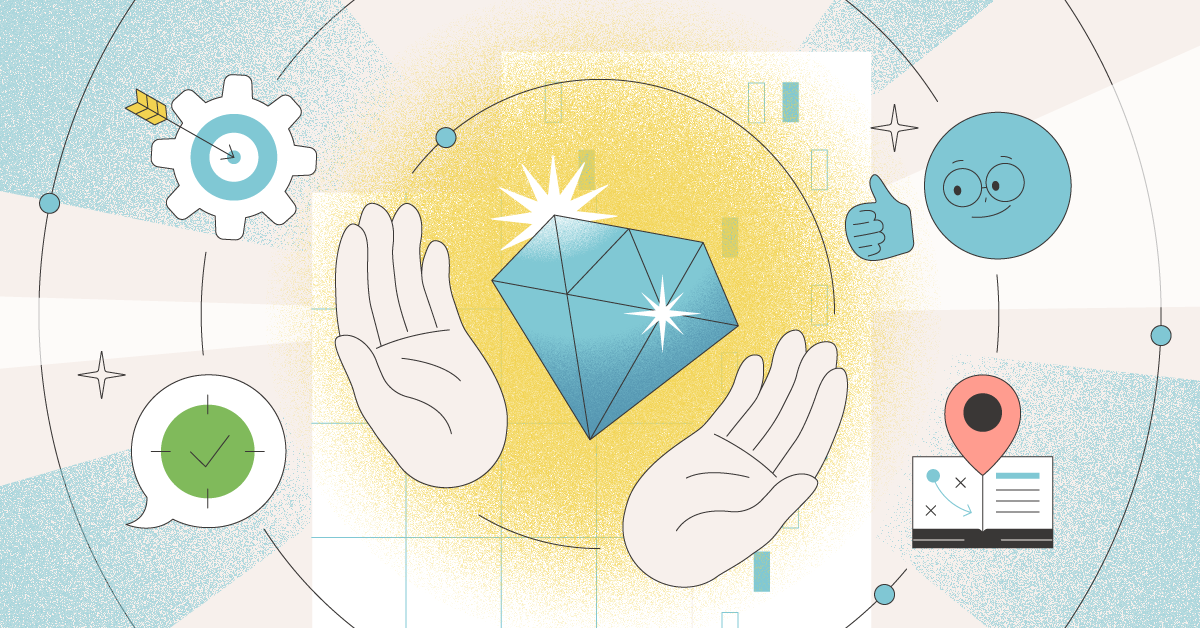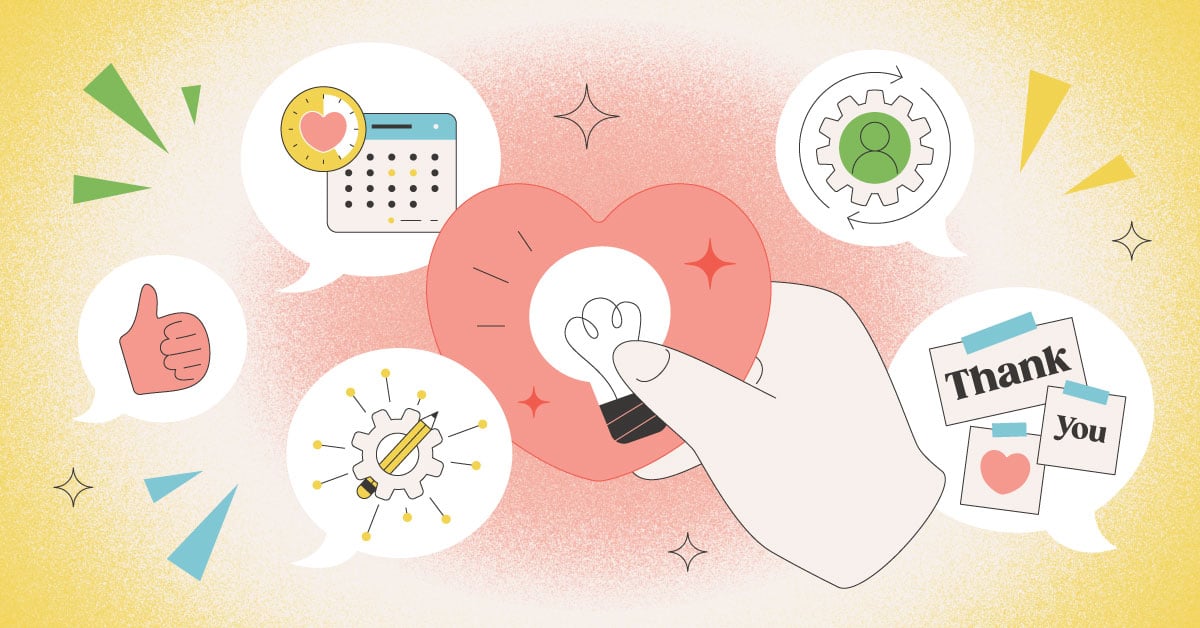
The TTI SI research team is always hard at work to uncover the industry insights and patterns of behavior that you need to know. Our latest Research Cliffnotes is called What Assessments Revealed About Gender & Skills Development in University Students.
While the page linked above will link you to the full Cliffnotes page, some additional insights become very important to employee development in the workplace.
What the Cliffnotes Tell Us:
The study found differences in the soft skills and general skill-building between men and women.
"This study suggests that for a variety of reasons, male and female students do not bring in the same sets of soft skills into a college classroom. The impact of their educational experiences on male and female students is different... educational experiences may exacerbate the differences between genders and not necessarily reduce the differences."
What This Means in the Workplace
To generalize, men and women frequently have different types of skills. This isn’t necessarily a bad thing, but the study revealed a pattern of women focusing on skills that support others while men focused on skills that supported themselves.
There are a lot of reasons why this is the case: different socialization, academic and cultural experiences, and subconscious expectations from leaders and the students themselves.
The most important thing to remember is that leaders need to consciously focus on developing the skills of their employees in a way that doesn’t discriminate when it comes to gender (or any other protected class, for that matter!)

What Leaders Need to Note
This means leaders need to consciously develop their employees. If you’re considering your team on an individual level, you don’t even need to make developmental focus gender-based. You just need to make sure everyone on your team gets what they need.
How to Develop Employees Equally
Now you know what you need to do. Here’s how to do it.
Utilize Unique Insights
Your first step to ensuring all of your employees get the development they need is to make sure that you understand your team. This doesn’t mean you have a good rapport and think you know them; it means you need to find a standardized, measurable way of understanding behavior and motivation on your team.
That’s where assessments come in. By using research-backed behavioral assessments, you will be able to create a shared language of understanding on your team, decrease conflict in the workplace, and lead employee development.
Assessments will help you uncover insights you might miss on your own because of bias. You might subconsciously have assumed female members of your team are more collaborative, for example, which would track with the findings in the study.

But taking the 12 Driving Forces assessment could reveal their top Driver is Commanding, which means they believe in controlling their destiny while advancing their status and position. This means they are compromising their personal motivations and desires to make things easier in the workplace and allows you to step in and help them self-actualize.
Assessments help you take the guesswork out of understanding exactly who your team members are and what they need to succeed in the workplace.
Utilize Mentorship
Diversity in your organization can depend on a lot of different factors. It can be challenging for your workers to feel connected and comfortable if they’re on a team with no one else like them.
That’s where creating a mentorship program can be incredibly beneficial. Finding a mentor with a similar background or experience as your lower-level employees can give them confidence and direction to envision their careers developing similarly.
Forbes shared a study that found “mentoring programs also dramatically improved promotion and retention rates for minorities and women—15% to 38% as compared to non-mentored employees.” Representation helps engagement, retention, and employee development. Another benefit is that a mentor can provide insight into your blind spots as a leader. They might notice and help correct areas where certain employees are being underutilized and underdeveloped. Another perspective might be exactly what you need to thrive!
Let Development Be Employee Led

What’s the simplest way to find out what your employees need? Just ask! Getting direct feedback from your team members can help you better understand their goals in the workplace and their careers.
Make time to ask team members, “What are your goals? How do you want to develop professionally?” By giving them the floor and a direct line of communication to their bosses and leaders, you can find out their pain points and help address those equally.
Encourage your employees to present development opportunities to you as well. They might be aware of specialized leadership opportunities in their niche areas as well as in their fields of interest. Investing in them as individuals will increase engagement as well as develop your talent pipeline.
Moving Forward In a Developed Workplace
It can be tricky for leaders to handle matters of representation within their organization, but it's more important than ever. The good news is that by focusing on your team as individuals and building development plans based on their unique needs, behaviors and motivators, you can offer your employees equal opportunities to develop their skills and their careers.
If you’re interested in working with TTI SI, our tools can help transform your organization. Get the information you need to move forward here.




